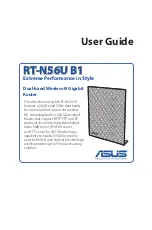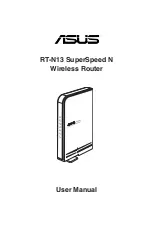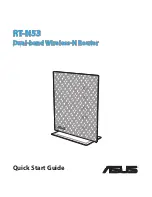
EN - T18S/R14
-18-
NOTE:
The battery charge level indicator is only an
indication of the charge left on the battery pack. It does
not indicate tool functionality and is subject to variation
based on product components, temperature and end-
user application.
Self-Discharge
A lithium battery can self discharge and lose its stored
charge. Typically it can lose approximately 5% of its
charge in the first month after fully charging (when stored
at room temperature), and then loses it by a further 3%
per month. When stored at higher temperatures the self-
discharge rate will be accelerated.
Transportation
WARNING:
Fire hazard.
Transporting
batteries can possibly cause fire if the battery terminals
inadvertently come in contact with conductive materials.
When transporting batteries, make sure that the battery
terminals are protected and well insulated from materials
that could contact them and cause a short circuit.
NOTE:
Lithium-ion batteries should not be put in
checked baggage.
Trend batteries comply with all applicable shipping
regulations as prescribed by industry and legal standards
which include UN Recommendations on the Transport
of Dangerous Goods; International Air Transport
Association (IATA) Dangerous Goods Regulations,
International Maritime Dangerous Goods (IMDG)
Regulations, and the European Agreement Concerning
The International Carriage of Dangerous Goods by
Road (ADR). Lithium-ion cells and batteries have been
tested to section 38.3 of the UN Recommendations on
the Transport of Dangerous Goods Manual of Tests and
Criteria.
In most instances, shipping a Trend battery pack will
be excepted from being classified as a fully regulated
Class 9 Hazardous Material. In general, only shipments
containing a lithium-ion battery with an energy rating
greater than 100 Watt Hours (Wh) will require being
shipped as fully regulated Class 9.
All lithium-ion batteries have the Watt Hour rating
marked on the pack. Furthermore, due to regulation
complexities, Trend does not recommend air shipping
lithium-ion battery packs alone regardless of Watt Hour
rating. Shipments of tools with batteries (combo kits) can
be air shipped as excepted if the Watt Hour rating of the
battery pack is no greater than 100 Whr.
Regardless of whether a shipment is considered
excepted or fully regulated, it is the shipper’s
responsibility to consult the latest regulations for
packaging, labelling/marking and documentation
requirements.
The information provided in this section of the manual
is provided in good faith and believed to be accurate
at the time the document was created. However, no
warranty, expressed or implied, is given. It is the buyer’s
responsibility to ensure that its activities comply with the
applicable regulations.
Storage Recommendations
The best storage place is one that is cool and dry
away from direct sunlight and excess heat or cold. For
optimum battery performance and life, store battery
packs at room temperature when not in use.
For long storage, it is recommended to store a fully
charged battery pack in a cool, dry place out of the
charger for optimal results.
NOTE:
Battery packs should not be stored completely
depleted of charge. The battery pack will need to be
recharged before use.
Labels on Charger and Battery Pack
In addition to the pictographs used in this manual, the
labels on the charger and the battery pack may show the
following pictographs: -
Read instruction manual before use.
See Technical Data for charging time.
Battery charging.
Battery charged.
Battery defective.
Delay charge (Battery cooling or too cold battery).
Do not probe with conductive objects.
Do not charge damaged battery packs.
Do not expose to water.
Have defective cords replaced immediately.
Charge only between 4ºC and 40ºC.
Only for indoor use.
Discard the battery pack with due care for the
environment.
Do not incinerate the battery pack.
Summary of Contents for T18S/R14
Page 6: ...T18S R14 6 1 2 1 2 Fig 12 Fig 13a Fig 13b Fig 14 Fig 13 Fig 13c...
Page 7: ...T18S R14 7 M6 115mm 15mm 1 2 figure 18 1 Fig 15 Fig 20 Fig 20a Fig 17 Fig 18 Fig 19 Fig 16...
Page 8: ...T18S R14 8 2 2 1 figure22 1 2 Fig 20c Fig 20b Fig 21 Fig 22 1 2 3 4...
Page 10: ...T18S R14 10 figure26b Fig 26b Fig 27...
















































